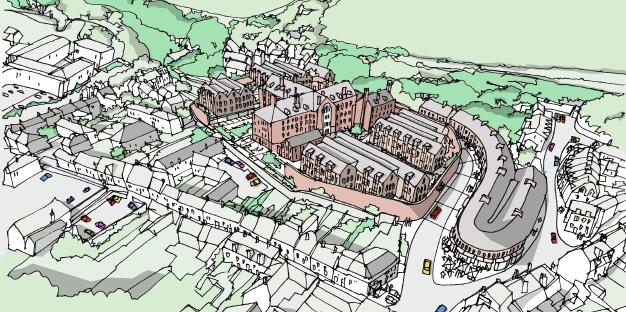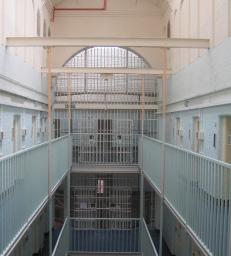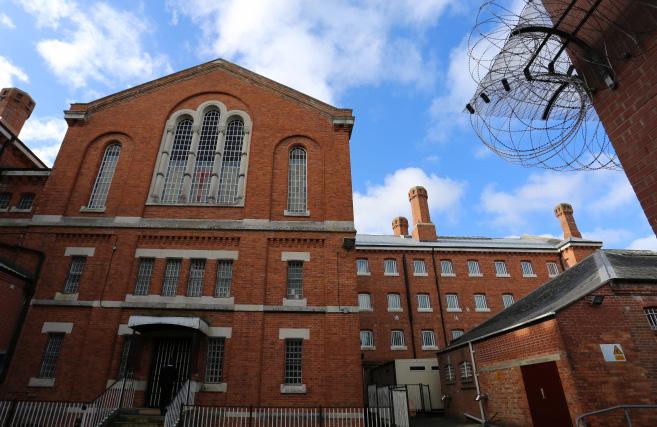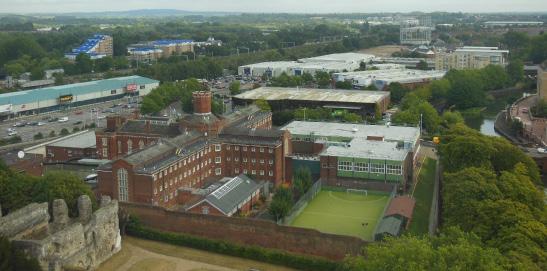
1 minute read
Optimising the Value of Property Portfolios

Unlocking the development of land and buildings including preparing these for disposal
Optimising value will often involve developing redundant buildings or land, with or without partners, and sometimes preparing these assets for disposal. Finding new uses for existing buildings and redundant land lies at the heart of what we do. We can prepare an asset for sale showing how value can be unlocked for a prospective buyer. We often go on to help that buyer realise the value predicted at the point of sale.
We work with central government departments and agencies to imagine what might be possible for a range of uses. For example, across East Anglia, one of the five regions in which we operate, we currently have 13 live projects for Local Authorities adapting, developing and disposing of assets.
Dorchester and Shepton Mallett Prisons

Transforming two prisons into characterful residential developments
Closed by the Ministry of Justice in 2012 we prepared both sites for the market demonstrating for each an imaginative capacity for change. They were acquired by the developer City & Country who then continued to work with Purcell in their development.
The main challenge of both sites was optimising their development in relation to the number of residential units that each site could accept, whilst respecting their heritage value and special character. Our exploration of both Prisons and their settings through research and analysis informed our subsequent designs which included refurbishing the listed buildings and introducing new build elements.

Reading Prison, Berkshire

Maximising cultural and commercial value to ensure a viable future
Working on behalf of the Ministry of Justice, Purcell prepared several studies to evolve understanding of the heritage and commercial value of this historically sensitive, decommissioned prison. The site forms part of the Scheduled Monument defining the medieval precinct of Reading Abbey, burial place of Henry I. Studies explored options for development in advance of government disposal. Our work comprised the preparation of detailed archaeological and built heritage desk-based assessments. These included a programme of archaeological trial trenching to inform the preparation of an architectural feasibility study. The study looked to achieve a balance between heritage protection and financially viable options to secure the future sale of the site.







